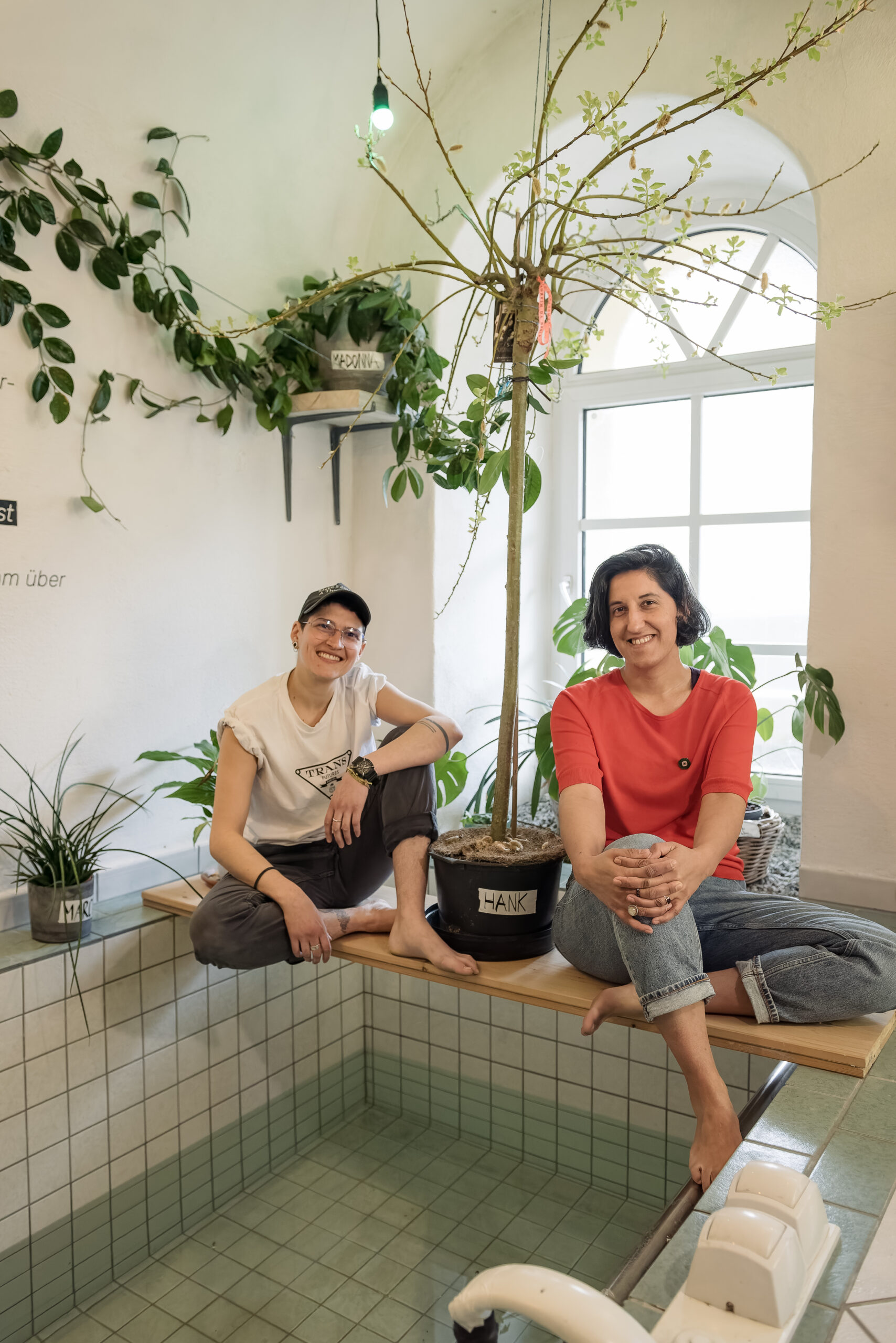The acoustic environment is crucial in shaping social spaces and influencing how people interact and communicate. The balance between ambient noise, overall sound level and speech clarity is essential, as it affects social behaviour, ultimately determining whether a space fosters connection or isolation. We will discuss the role of architectural acoustics and how we can ensure that materials, layouts, and design choices contribute to a harmonious and holistic experience. The second part of the lecture focuses on virtual acoustic architecture as an artistic interpretation of social spaces.
Sound spatialization concepts such as Ambisonics offer more than just spatial reproduction – they enable the creation of virtual acoustic architectures that can transcend physical boundaries. Rather than striving for realism, composers can create imaginative sound spaces that reflect conceptual, perceptual or emotional dimensions. There are very different paradigms in so-called spatial music: should it be site-specific and bound to a physical location or flexible and adaptable across contexts? Do we want to eliminate spatial features to create abstract listening environments or emphasize certain acoustic features of a space? What are these spatial-musical design devices’ perceptual, social and conceptual implications? What does this have to do with architecture? What about social space?
Listening Exercise: Seeking Silence
- Find a place where you can experience silence or near silence. This could be indoors or outdoors.
- Take a moment (at least one minute) to listen carefully—notice the absence of noise or any subtle sounds around you.
- Capture this moment by taking a picture of your surroundings.
- In a few sentences, describe what you observe in the silence. Consider:
- How does this silence feel?
- What do you see in your surroundings?
- Are there any small sounds you didn’t notice at first?
- Share your picture and the description with the class.



